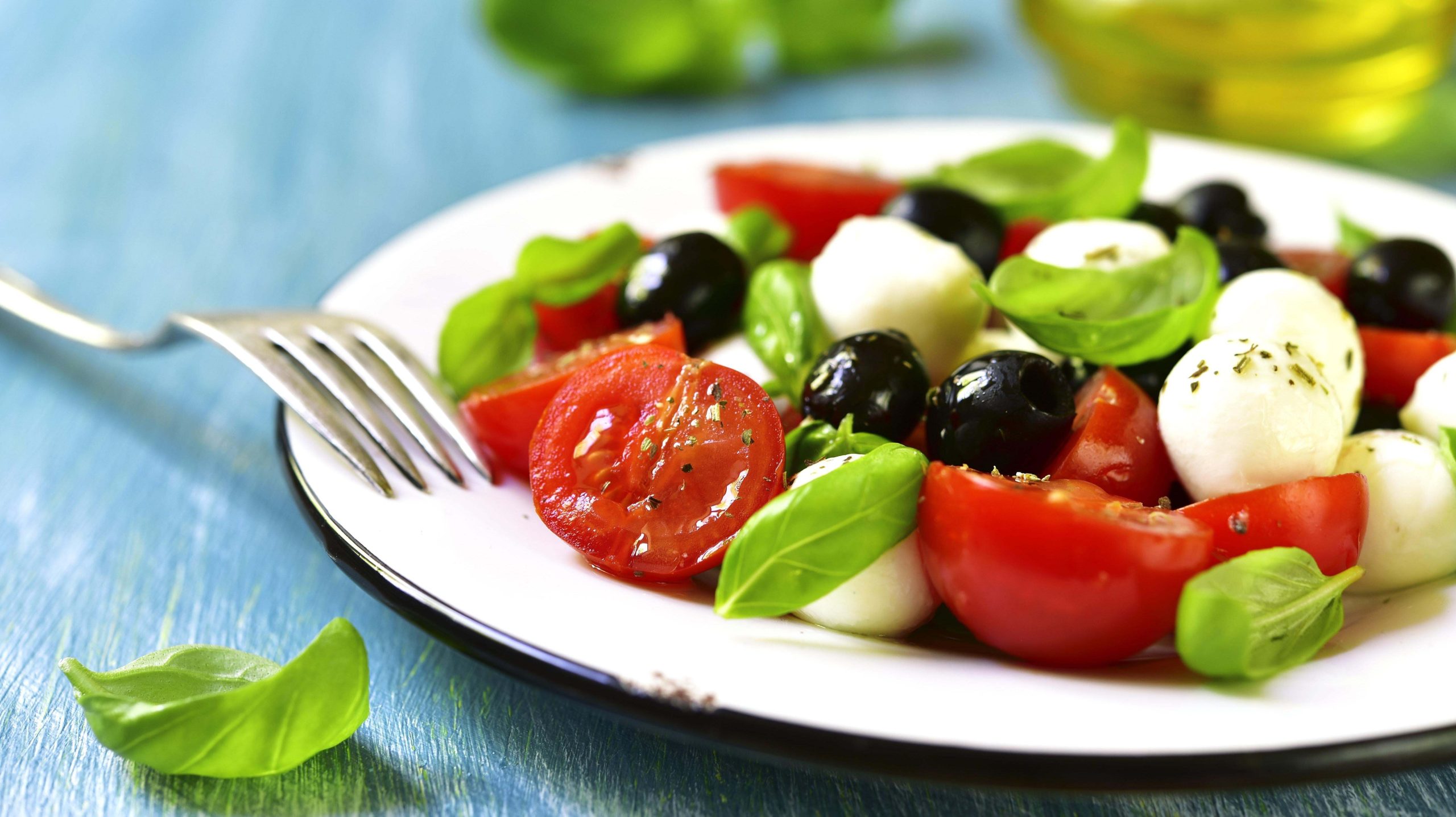U.S. News has once again ranked all the diets, with the groundbreaking result that…they are all different ways to eat food. Their website does provide a nice comparison of various diets’ pros and cons, but the whole concept of declaring one diet better than another is broken to begin with.
The whole idea of a “best” anything assumes that each thing is competing against the others, and that those at the top of the list are better than those at the bottom. (U.S. News says that they are rating diets and no longer ranking them—but, I’m sorry, when you produce a list with the “best” items at the top, that is a ranking. And it feeds into the misconception that you just have to find the right diet, the “best” diet, to solve what you see as your weight-loss problems or health problems.
Why “best diet” lists are bullshit
Before you even start ranking (sorry, rating) the “best,” there’s the question of what a “diet” really is. The diets on the U.S. News lists form a bizarre mix. Some are vague approaches to eating, like the “flexitarian diet,” which just refers to the concept of not eating meat very often. Some are commercial products intended to help people lose weight, like the subscription app Noom or the multi-level marketing product Optavia. Some are diets meant to manage a medical condition, like the low-FODMAP diet. Putting these disparate items into a lineup is not really helping anyone.
And while I do appreciate that U.S. News has stopped including crash diets like the Master Cleanse, this year’s list includes the “BRAT diet,” which is not a competitor to any of the above (nor a marketing vehicle for Charli XCX). It’s mnemonic for four foods—bananas, rice, applesauce, and toast—that are considered bland enough to not trigger nausea in patients who are experiencing gastrointestinal illness. Restricting patients to those four foods is not even recommended by medical professionals anymore, so it’s wild that U.S. News decided to introduce it this year as a “new” diet on their list.
How to actually choose the right diet
First, if you’re looking to lose weight, recognize that all weight-loss diets work the same goddamn way: They give you a framework to eat fewer calories than you burn. The “best” diet to do that is whichever one you find easiest to stick with, so long as it still gets you a reasonable amount of protein, veggies, fats, and micronutrients like vitamins.
Some people feel great on a keto diet; some find intermittent fasting convenient; some would rather eat low-fat and vegan. It doesn’t really matter, so long as the calorie deficit isn’t too extreme and you’re not depriving yourself of important nutrients like fiber, vitamins, or protein.
Whether you’re trying to change your body weight or not, the basics of a healthy diet are pretty straightforward: lots of fruits and vegetables, enough protein, not too much sugar. If you have specific health concerns that you’ve discussed with a doctor, make sure to account for those. (For example, the DASH “diet” is a list of guidelines you can follow if you need to lower your blood pressure. It involves eating less sodium and more potassium, among other things.) If you’re willing to pay for help, you’re better off consulting a dietitian than buying into the latest expensive weight-loss product.
So are you looking to eat more healthily, lose weight, or manage a health condition? Find an approach to eating that meets your goals and that you can stick with. If you want some structure, it’s fine to buy a book that gives you recipes and a fancy name for the diet. The top-ranked diet, the Mediterranean diet, is fine. But the #23-ranked (sorry, rated) paleo diet, despite its silly premise—that cavemen made lots of fake pizzas from almond flour and coconut oil, if I understand correctly—might do the job just as well.
